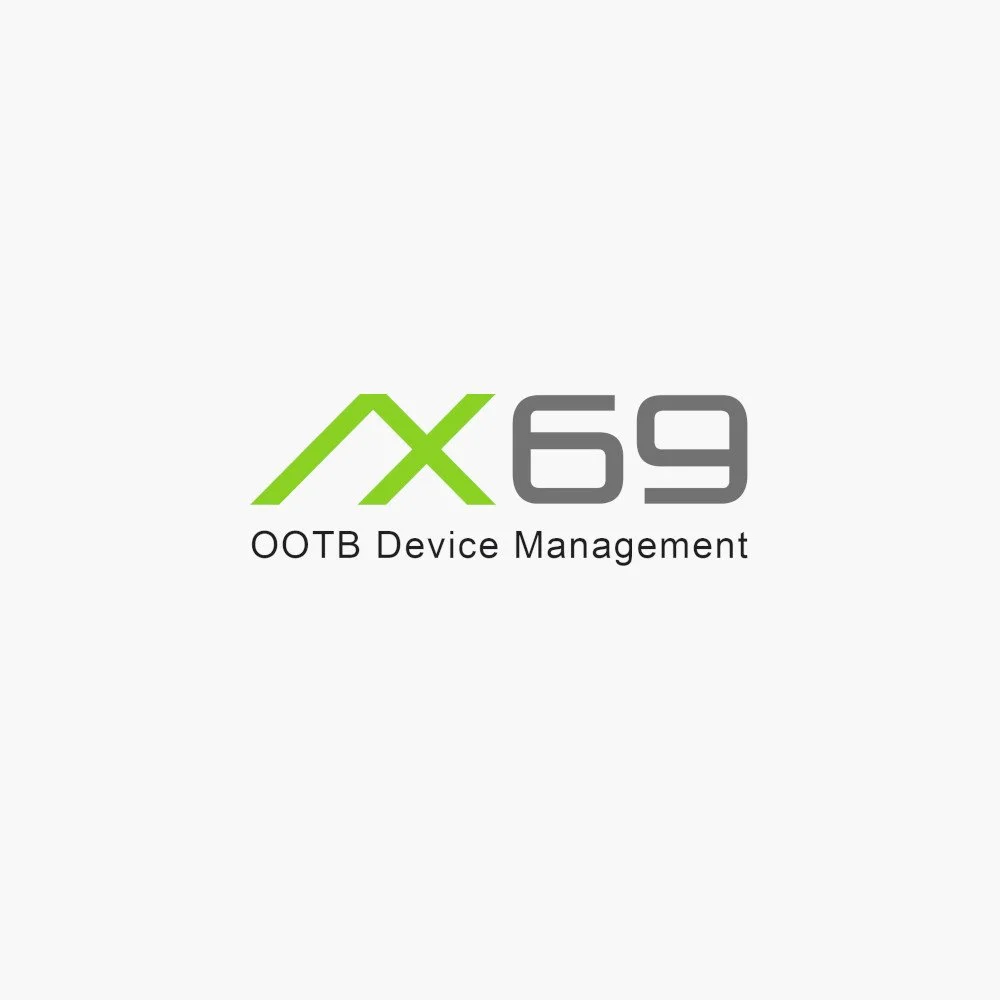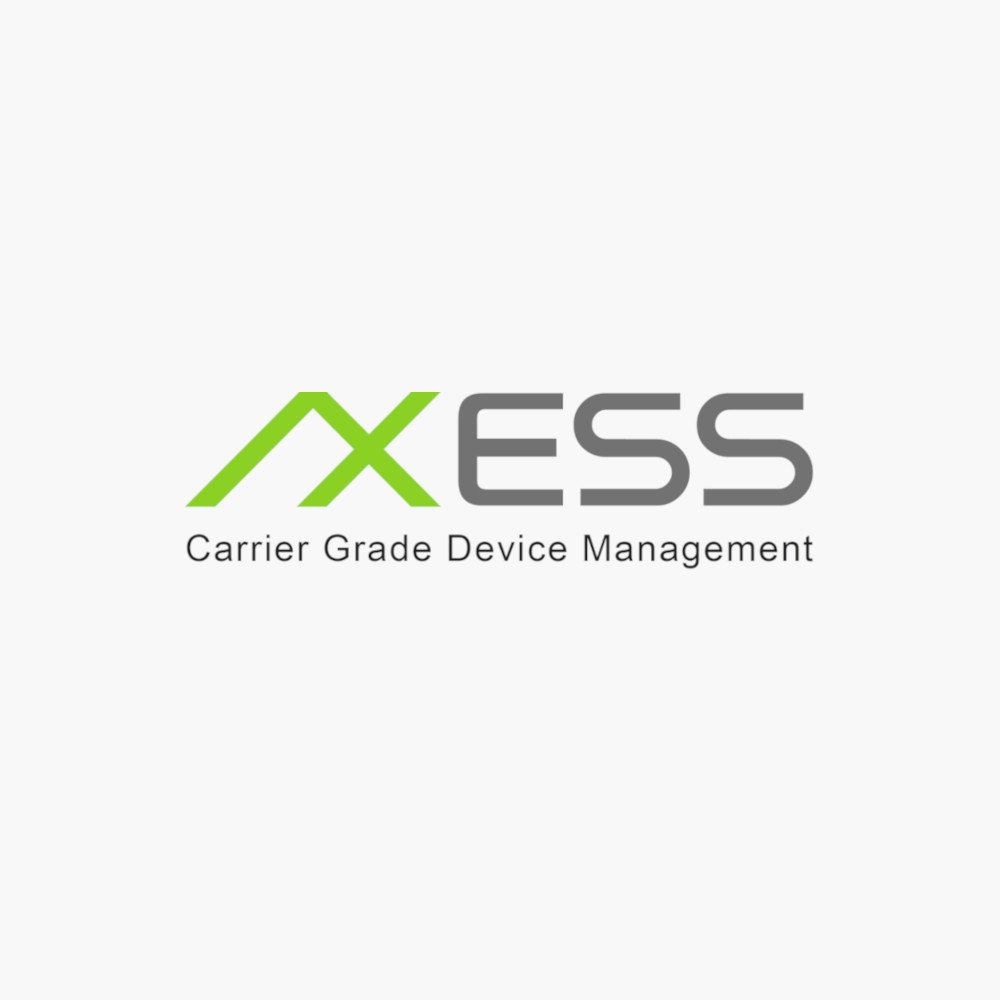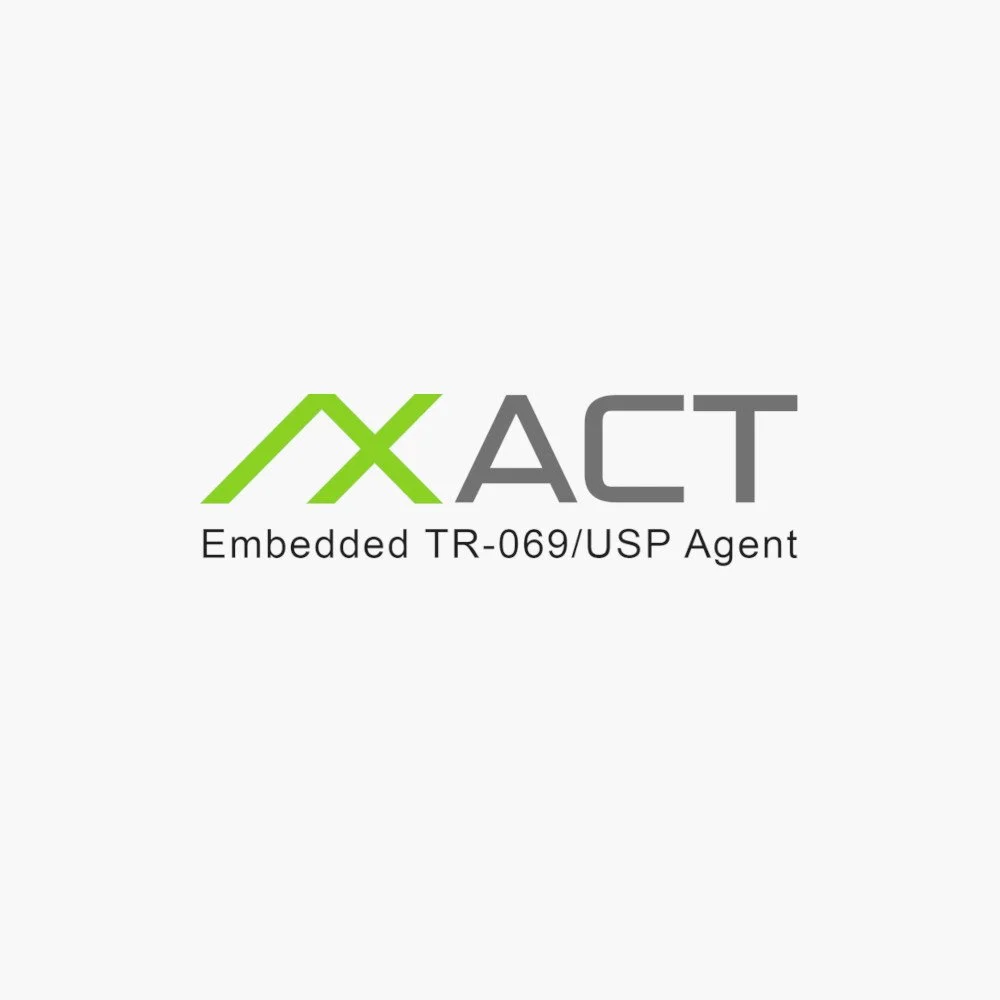What is TR-069 CPE WAN Management Protocol?
TR-069 Protocol Guide | Comprehensive Overview of TR-069 for ISPs and Service Providers

Streamline Device Configuration
and Monitoring with Axiros

TR-069 CPE WAN Management Protocol (CWMP Protocol)
The TR-069 CPE WAN Management Protocol (CWMP), developed by the Broadband Forum (BBF), standardizes device management. CWMP enables provisioning and monitoring of Customer Premise Equipment (CPE) by connecting to an Auto Configuration Server (ACS) via HTTPS. The CPE, identified by its serial number, updates the ACS, allowing for data inquiries and configuration changes. The ACS can later initiate a Connection Request for updates.
Common TR-069 use cases include auto-configuration, service provisioning, software management, and diagnostics.
How does TR-069 work?
TR-069 is a technical specification that outlines procedures for managing customer-premises equipment (CPE) connected to an Internet Protocol (IP) network. It enables the automatic configuration, management, and monitoring of CPEs within a client-server framework. In this model, the CPE acts as the client, while a designated server, known as the Auto Configuration Server (ACS), facilitates the management process. The TR-069 ACS serves as the central hub for overseeing all TR-069 clients, such as routers, modems, and gateways. Communication between TR-069 clients and the ACS occurs via established protocols, like the Simple Object Access Protocol (SOAP) over HTTPS. The TR-069 ACS plays a pivotal role in remotely configuring, managing, and monitoring connected CPEs. This standardized approach streamlines network management and enhances overall system efficiency.
Deliver A Competitive Service For Triple Play Offerings
Delivering competitive voice, video, data, and wireless services is a significant technical, operational, and business challenge for today's Service Providers. To attract new customers and reduce churn, providers must offer these services with an excellent user experience at a competitive price.
Supporting legacy systems adds to this complexity, making it essential for a carrier-grade Device Management platform to be scalable, flexible, and adaptive. This is the core motivation behind TR-069, a key component in carrier-grade Device Management architecture.
TR-069 Server
A TR-069 server, also known as an Auto Configuration Server (ACS), is a software application that enables service providers and equipment manufacturers to remotely manage, configure, and update their customers' network-connected devices. TR-069 is a technical specification developed by the Broadband Forum (BBF) to standardize data exchange between a device and the management server.
TR-069 servers are crucial for both service providers and equipment manufacturers because they offer a simple and efficient way to manage many devices remotely. With a TR-069 server, service providers can quickly configure new devices, update firmware, and troubleshoot issues without sending a technician to the customer's premises. Similarly, equipment manufacturers use TR-069 clients to enable their devices for standardized remote management.
The CPE WAN Management Protocol (CWMP) defines how devices communicate over networks, allowing them to send data and receive commands from the Auto Configuration Server.
TR-069 Data Model
Data models are used to describe the various functions and capabilities of WAN-manageable devices. These data-driven descriptions can be accessed using TR-069 Amendment 6, provided by the Broadband Forum, which defines several model objects that include parameters for each type of device or service, allowing for more effective management via CWMP.
A TR-069 data model represents data in XML, using an XML schema to define the data elements and their relationships. TR-069 data models can serve multiple purposes, such as exchanging data between devices, storing data in a database, or providing a web interface for data. They are commonly used in network management systems to enable administrators to view and modify data on devices remotely.
The TR-069 specification includes several standard data models for commonly used device data, such as system configuration, WiFi settings, and device status. Additionally, vendors can create custom data models to represent other device data they wish to make available through the TR-069 protocol.
Is TR-069 Secure?
Yes, TR-069 is secure. It is a scalable, flexible, and secure model that meets high-security standards while remaining easy to use.
TLS, a widely-used protocol, provides a crucial layer of security for all data exchanged between Customer Premises Equipment (CPE) and the Auto Configuration Server (ACS). When SSL/TLS protection is enabled, only authorized individuals can access network activities involving connected devices.
TR-069 is a key security protocol designed to help service providers remotely manage customer equipment. It uses an encrypted and authenticated connection to ensure that only authorized personnel can access device data. Additionally, TR-069 employs various other security measures, such as device certificates and digital signatures, to further safeguard your data. As a result, TR-069 is a highly secure protocol you can trust to protect your devices and data.
TR-069 Use Cases
Provisioning Of Complex Services
Multi-play service delivery
IPTV deployments
Zero-touch provisioning
SIP and VoIP provisioning
Quality of Experience Management (QoE)
Better decision making with
analytics and reportingProactive upfront problem resolution
Information on bandwidth utilization
Management Of All Kind Of Devices
Simple xDSL Remote Gateways (RG)
Set-top boxes (STBs) alongside the RG
Cable RGs and Fttx ONTs or
Even complex Business Routers (BR)
Southbound Interoperability
Vendor-independent management
of TR-069 capable devicesSupport of multi-vendor device strategies
Integration of the legacy base of non-TR-069 devices
Heterogeneous Access Environments
xDSL and Fttx
Cable and satellite
WiMAX or
Ethernet
Northbound Integration Of OSS/BSS
Billing
Support
Policy or
Order management systems to enable end-to-end service delivery
Our TR-069 Based Products
All Axiros products can be deployed and operated “On-Premises” or “as a Service”.
Eager for more? Stay informed about TR-069 (CWMP)
Axiros Blog
Axiros News






